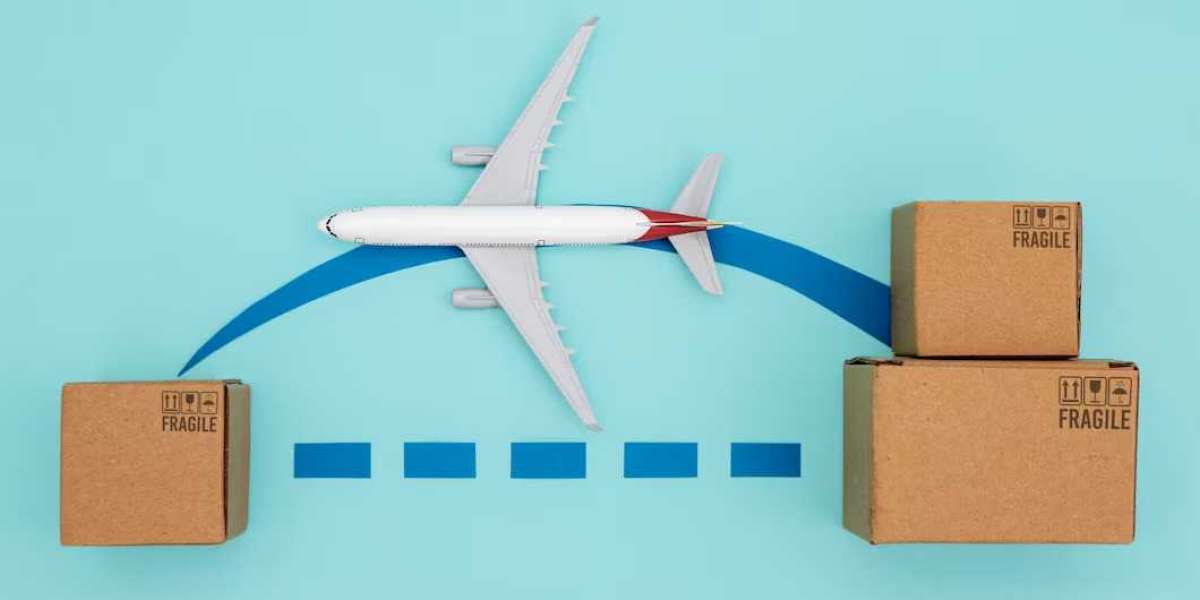In the fast-paced world of global trade, air freight forwarding is the lifeline that propels goods across borders with unparalleled speed. While the advantages of air transport are evident, managing the associated expenses is a critical aspect of successful logistics operations. In this blog, we'll explore practical tips for optimizing air freight forwarding expenses without compromising the efficiency and reliability of your shipments.
1. Route Optimization: Choosing the most efficient air routes can significantly impact costs. Collaborate with your air freight forwarder to identify routes that minimize transit time while keeping expenses in check. Direct flights may incur higher costs, but the time saved could offset additional expenses.
2. Consolidation and Groupage: Consolidating shipments whenever possible allows for cost-sharing among multiple clients. Groupage services, where smaller shipments are combined into one larger shipment, reduce individual shipping costs and contribute to overall cost efficiency.
3. Embrace Technology: Utilize cutting-edge technology and software solutions to streamline processes. Automated systems can enhance efficiency in booking, tracking, and managing air freight shipments, reducing administrative costs and minimizing errors.
4. Negotiate with Carriers: Establish strong relationships with air carriers and negotiate competitive rates. Long-term partnerships can lead to favorable terms and discounts. Regularly review and renegotiate contracts to ensure you're getting the best possible rates for your shipping needs.
5. Right-size Packaging: Optimize packaging to reduce volumetric weight. The dimensional weight of a shipment affects costs, so ensure that packaging is as compact and efficient as possible without compromising the safety of the goods.
6. Inventory Management: Implement just-in-time inventory practices to minimize storage costs. Efficient inventory management ensures that goods are shipped promptly, reducing the need for prolonged storage and associated expenses.
7. Consider Intermodal Solutions: While air transport is fast, integrating intermodal solutions can offer cost advantages. For certain shipments, combining air and sea or air and rail transportation can be a cost-effective alternative.
8. Energy-Efficient Aircraft: Stay informed about the carriers' fleets and their energy efficiency. Some airlines operate more fuel-efficient aircraft, which can lead to lower fuel surcharges and contribute to cost savings.
9. Leverage Freight Forwarder Expertise: Engage with experienced air freight forwarders who possess in-depth knowledge of the industry. Their expertise can guide you in making cost-effective decisions, from route planning to customs clearance.
10. Continuous Improvement: Regularly evaluate and analyze your air freight forwarding processes. Identify areas for improvement, whether in terms of cost efficiency, speed, or reliability. Embrace a culture of continuous improvement to stay agile in a dynamic logistics landscape.
Conclusion: Cost efficiency in air freight forwarding is not about cutting corners; it's about optimizing every aspect of the logistics process to achieve the best possible value. By strategically implementing these tips, businesses can navigate the skies of global trade while maintaining a balance between cost-effectiveness and the swift, reliable delivery of goods. In the world of air freight, smart strategies lead to soaring success.







